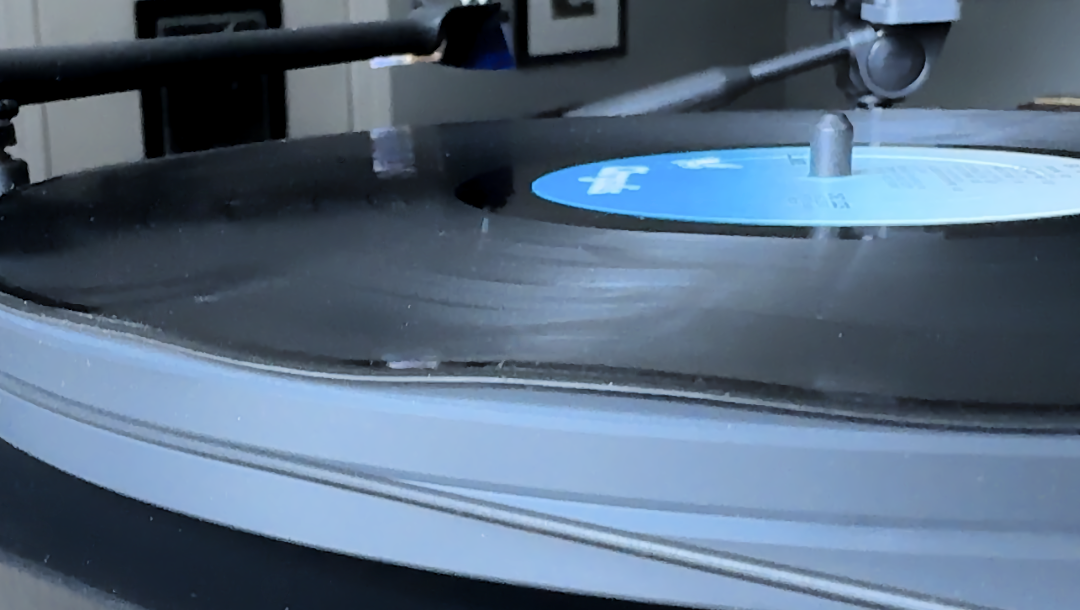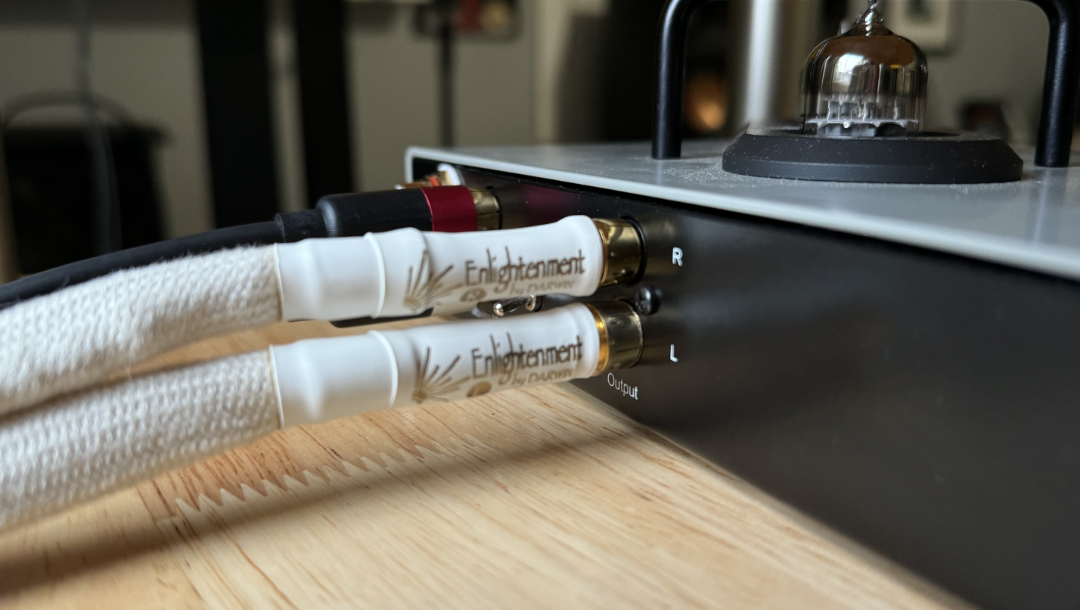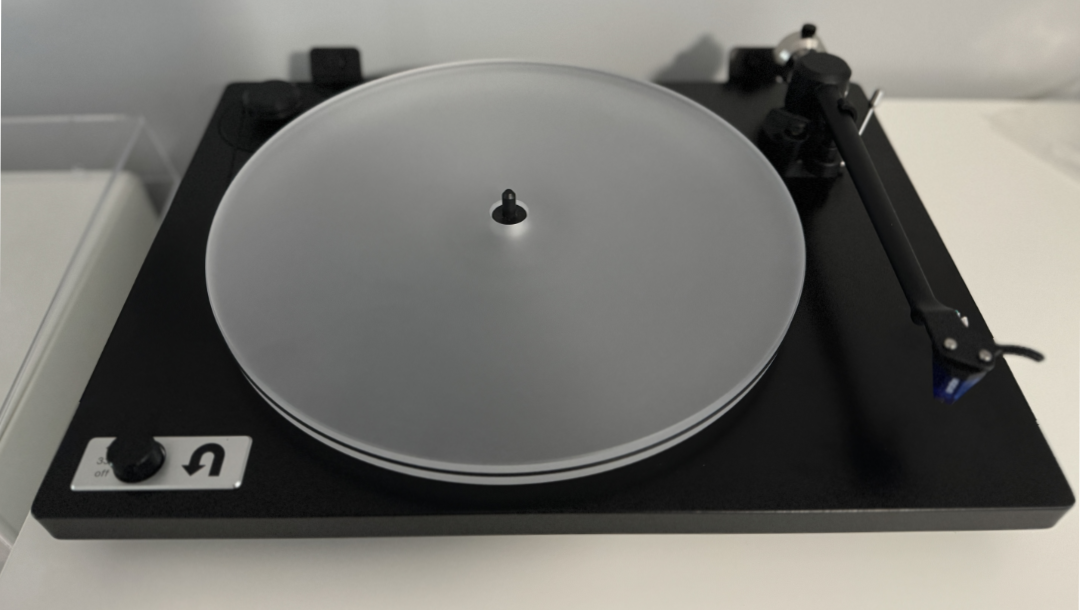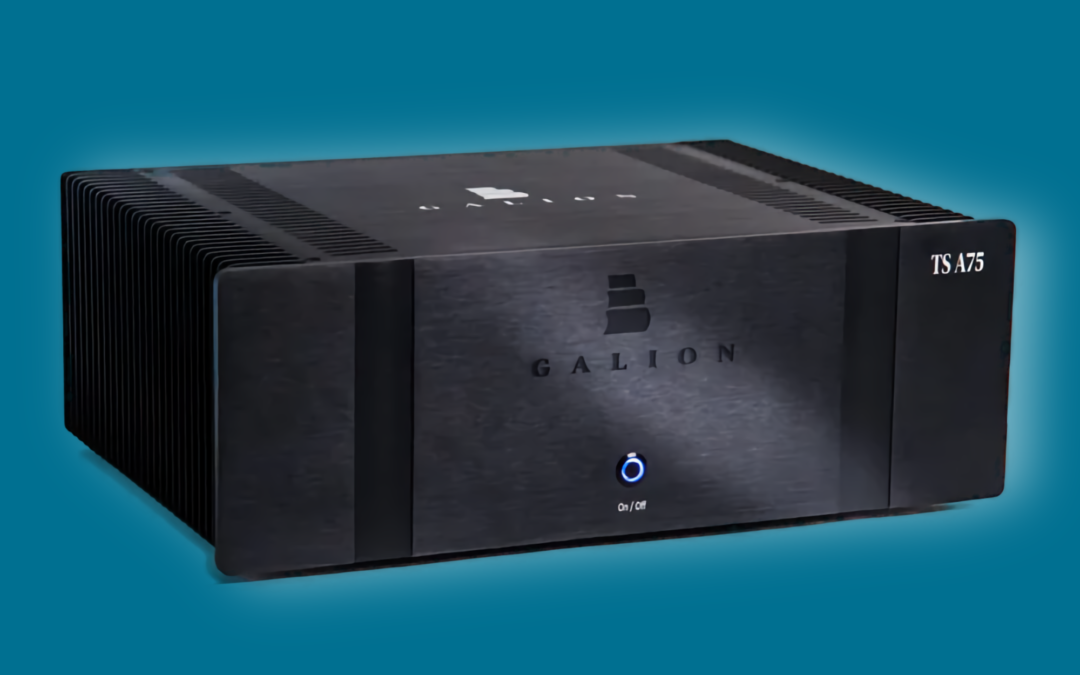For a record collector, there’s nothing worse than discovering a warped vinyl. Whether it’s a brand new record fresh out of the sleeve or a cherished album from your collection, finding that dreaded warp can be heartbreaking.
The traditional solutions leave much to be desired. You might try stacking it under books for weeks, sandwiching it between glass panes in the oven, or simply putting it away and hoping for a miracle. Sure, there are professional machines that can fix warps, but they cost thousands of dollars. So what’s a vinyl enthusiast to do?
Enter the Record Pi.
Whenever the topic of warped records comes up, someone inevitably brings up the Record Pi. After being intrigued by it for so long, I finally reached out to the folks at Record Pi to try it myself.
The Hunt for Warped Records
Once the unit arrived, I had to hunt through my collection for suitable test subjects. According to Record Pi’s website, the device excels at fixing minor warps – though some severe warps, like crazy rippled edges, are simply beyond repair.
After digging through my overflow storage, I found a perfect candidate: a 1982 copy of Led Zeppelin’s Coda. While I’ve since replaced this copy, its slight warp had always bothered me. I can’t remember if it came warped when I unsealed it, but it would make an ideal test case.
Coda BEFORE:
How Does It Work?
The concept is surprisingly simple – think of it as an engineered version of the old glass-panes-in-the-oven trick. You place the record between two heavy metal plates, protected by fabric spacers to prevent direct contact. Then you slip it into what looks like a pizza warming bag, set the temperature, and let it work its magic.
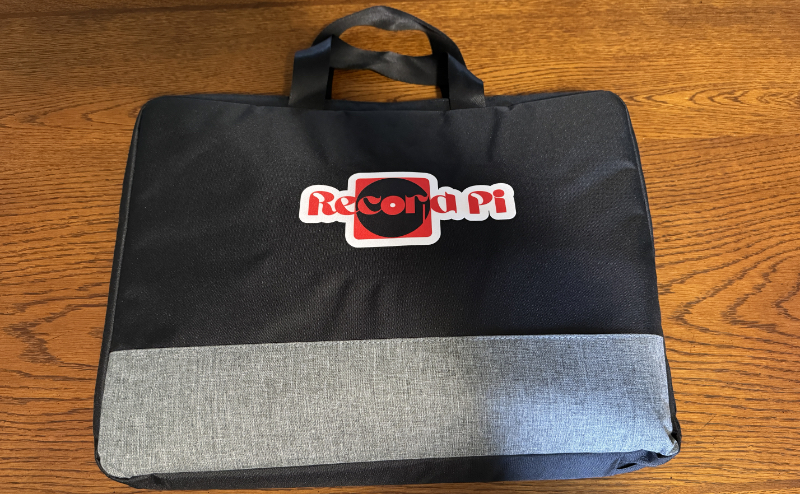
The Record Pi Pouch
The Record Pi comes with a smartphone app for temperature monitoring. While I couldn’t use this feature due to some WiFi issues at home, it wasn’t a problem – once you’ve set everything up, there’s little to do but wait.
The Results
I started with the default setting of 125 degrees for two hours, followed by a 45-minute cooling period.
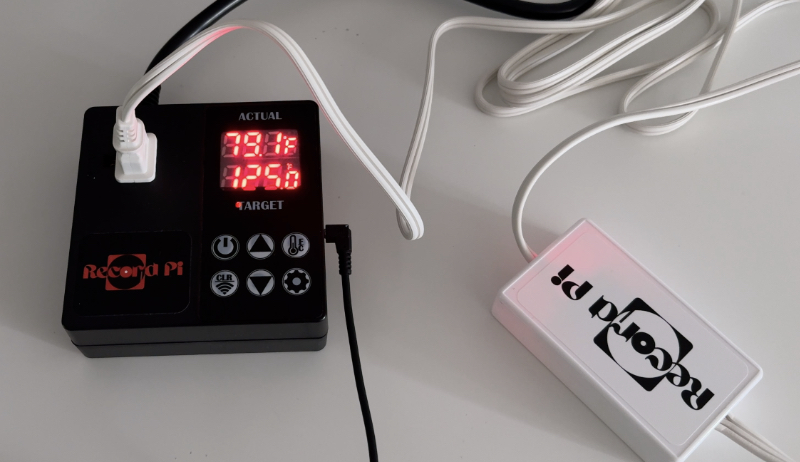
Setting The Temperature
There was definitely an improvement, but I decided to give it another go. For the second attempt, I increased the temperature to 128 degrees for another two hours. The results were impressive.
Coda AFTER:
Encouraged by this success, I tried it with another record – an old copy of the Cars’ Shake It Up with a similar warp. After about three hours of “baking,” it came out perfectly playable.
Then I decided to challenge the device with a tough case: Blondie’s Eat to the Beat with a dreaded edge warp.
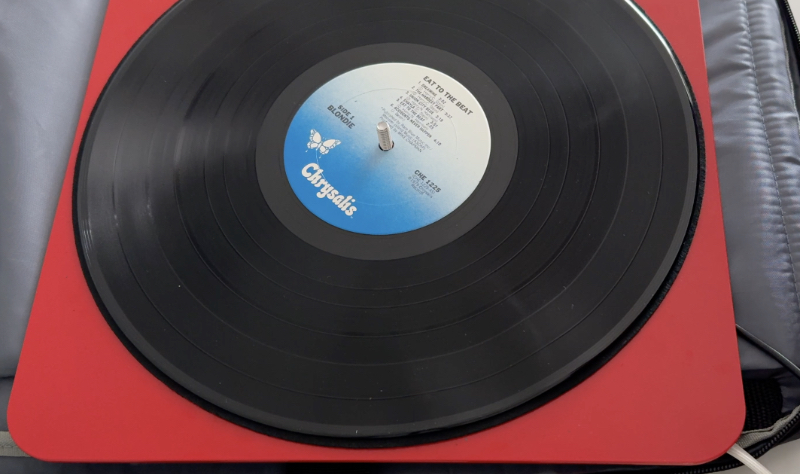
Blondie’s “Eat to the Beat”
This one had arrived sealed but warped a couple years ago, and I’d never bothered playing it. I pushed the temperature to 135 degrees and let it bake for an entire afternoon. While the Record Pi team warns that rippled edge warps might be impossible to fix completely, I was impressed to see the warp reduced by at least 75%. I suspect with more time – perhaps another three or four hours – it might have matched the results of the other records.
Final Thoughts
This is what I love about vinyl collecting – there’s always room for innovation and discovery. Whether you’ve inherited records that have been sitting in an attic for decades or have some rare albums that would be expensive to replace, it’s reassuring to know solutions like the Record Pi exist.
If you’ve tried the Record Pi yourself, I’d love to hear about your results and any suggestions you might have.
Until next time, stay safe and enjoy your records.
– READ NEXT –
Subscribe to The Joy of Vinyl Newsletter

